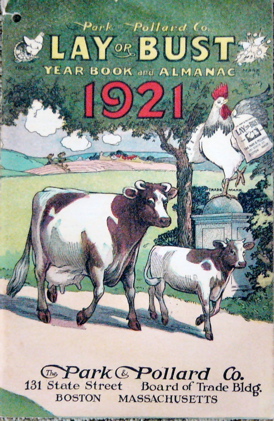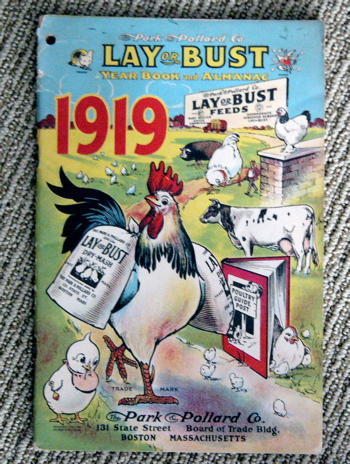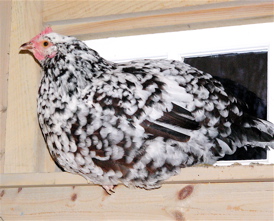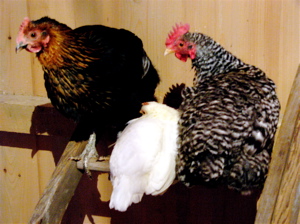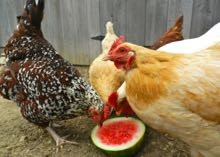Chickens need to bask in 14 hours of sunlight to lay productively, but once in awhile, you’ll have a hen that will lay straight through the winter. The Wyandottes appear to be doing their bit to keep me supplied with eggs, but no one else is chipping in right now. I’ve stopped having scrambled eggs and smoked salmon for dinner, and I am baking recipes that don’t require custards. I miss eggs, but am trying not to buy any from the market. I know that if I can make it through to February, the girls will start laying again.
Despite the weather (the snowiest December ever recorded in this area), the girls are all doing fine. It’s been quite cold, but they are in a dry and draft-free shelter and don’t need a heater. The two “party girls” (the small white hens) cozy up together at night. Snowball, the smartest hen, squeezes between the two largest girls, so that you can barely see her. Snowball has her own living down comforter! (I’ll try to get a photo of that tonight to show you.) Even the hens who are molting and showing skin are keeping warm enough.
Candy is delighted with the white stuff and has made a U-shaped tunnel in the corner of the yard.
My big dog, Lily, found the discarded Halloween pumpkins, half-buried in the snow. She ate quite a lot, and then made a huge mess in the house (and people make fun of tiny bird brains!)
So, that’s the mid-winter report. Happy New Year!
